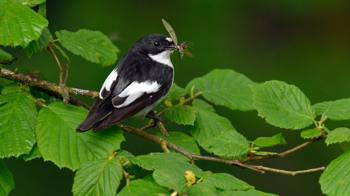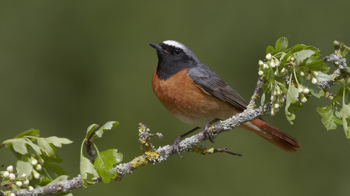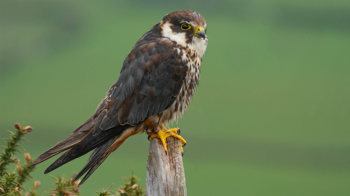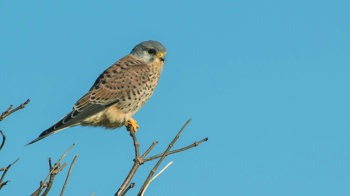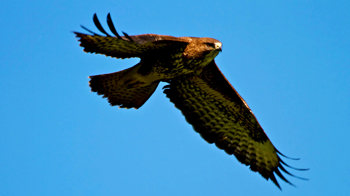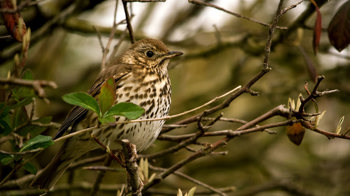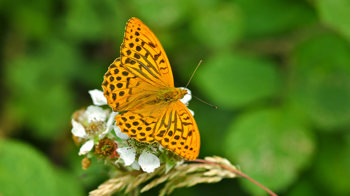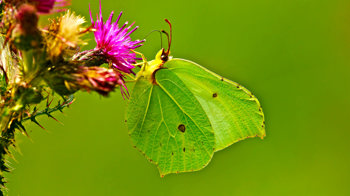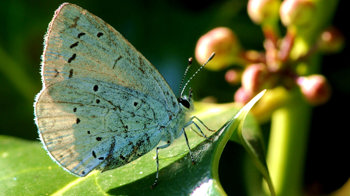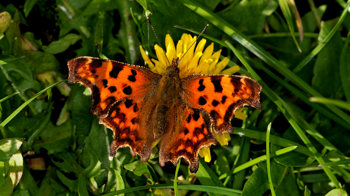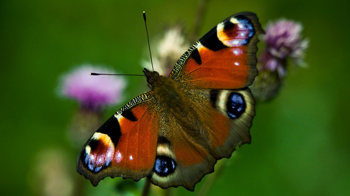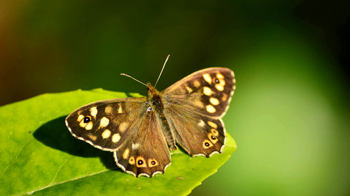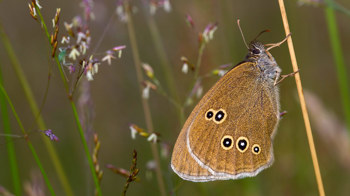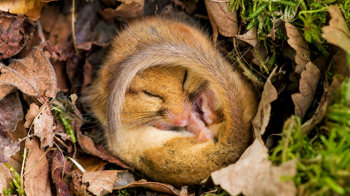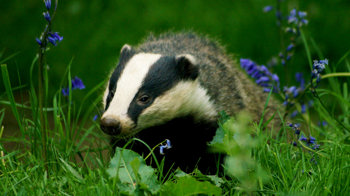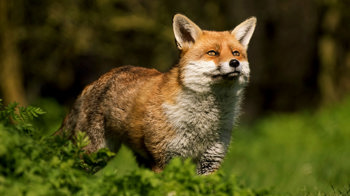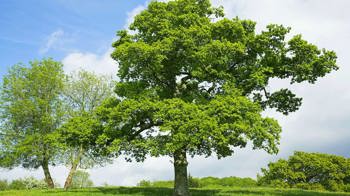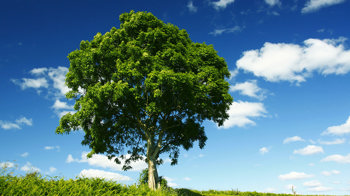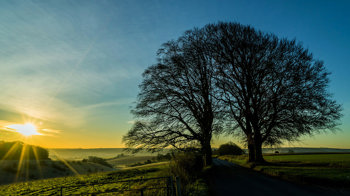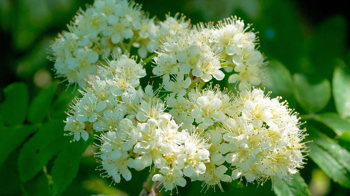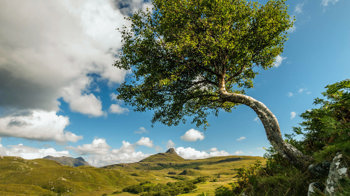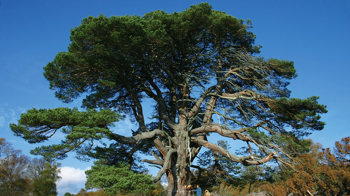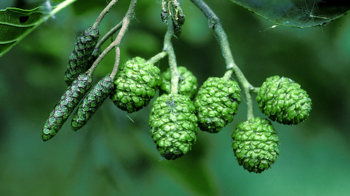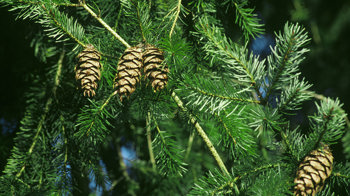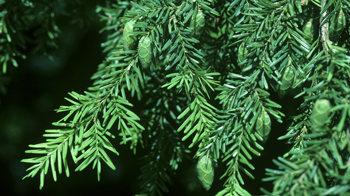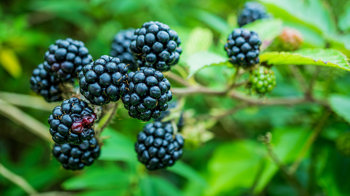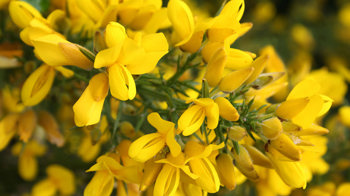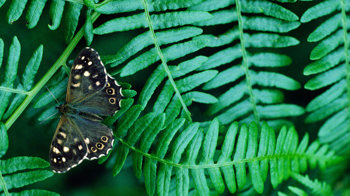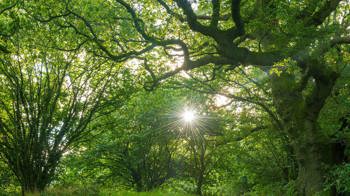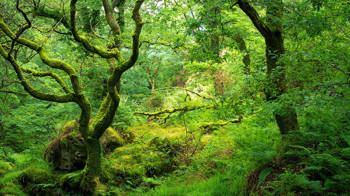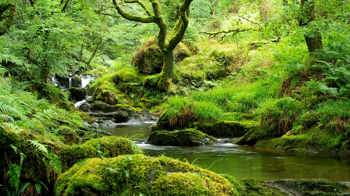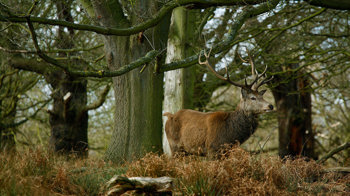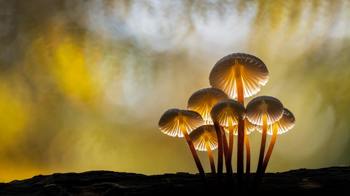Wildlife and habitats
Hall Farm Estate provides a diverse range of habitats. The farm has three woodland blocks, including recently planted woodland, ancient woodland, and elements of temperate rainforest where the farm watercourse meets the River Erme. The surrounding fields are made up of acid grassland, purple moor grass and neutral grassland.
Animals
The farm's diverse habitats and isolated location close to open moorland make it a haven for wildlife, especially invertebrates like butterflies and beetles including oil beetles - a specialist of wildflower-rich grassland and heathland. Oil beetles are rare nationally but there's a population stronghold in this area of Devon.
Around 40 species of breeding birds have been recorded at the estate including linnet, yellowhammer, grey wagtail, tree pipit and dipper.
There are around 12 species of bat that forage through the woodland, hedgerows, and wet pastures. Bats and owls roost in nooks and crannies of the ancient and veteran trees and historic field barns. Ancient, untamed hedgerows provide vital corridors for small mammals such as voles, shrews and dormice. Higher up the food chain, there are foxes, badgers and buzzards.









